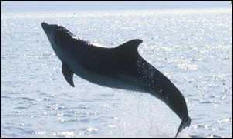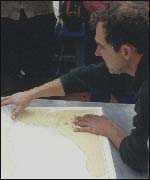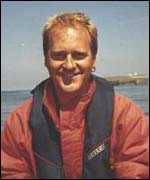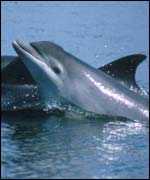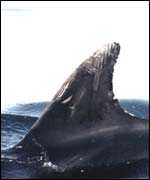|
"By-catches by fishermen and possible disturbance by boats are problems which are relatively easy to get a handle on and therefore mitigate.
"It is much harder to protect against subtle changes in their environment and to measure how they are affected by acoustic disturbances, reduced fish stocks, pollution and changes in sea temperature."
'Test case'
Dr Simon Berrow carried out the first dolphin 'census' in the estuary in
1993 and later helped to establish the Shannon Dolphin and Whale
Foundation, bringing together representatives from the local community,
councils, business and state agencies as stakeholders in the dolphins'
future.
He also sees the need for further research and has been commissioned
by Duchas to draw up a conservation plan for the estuary. "The Shannon
SAC is a test case for all marine sites in Ireland and could be a model
of conservation for other countries. If you can treasure the dolphins, it
will be good for seabirds, fish, and for people," he said.
|
